The displacement-time graph of a particle is as shown below. It indicates that
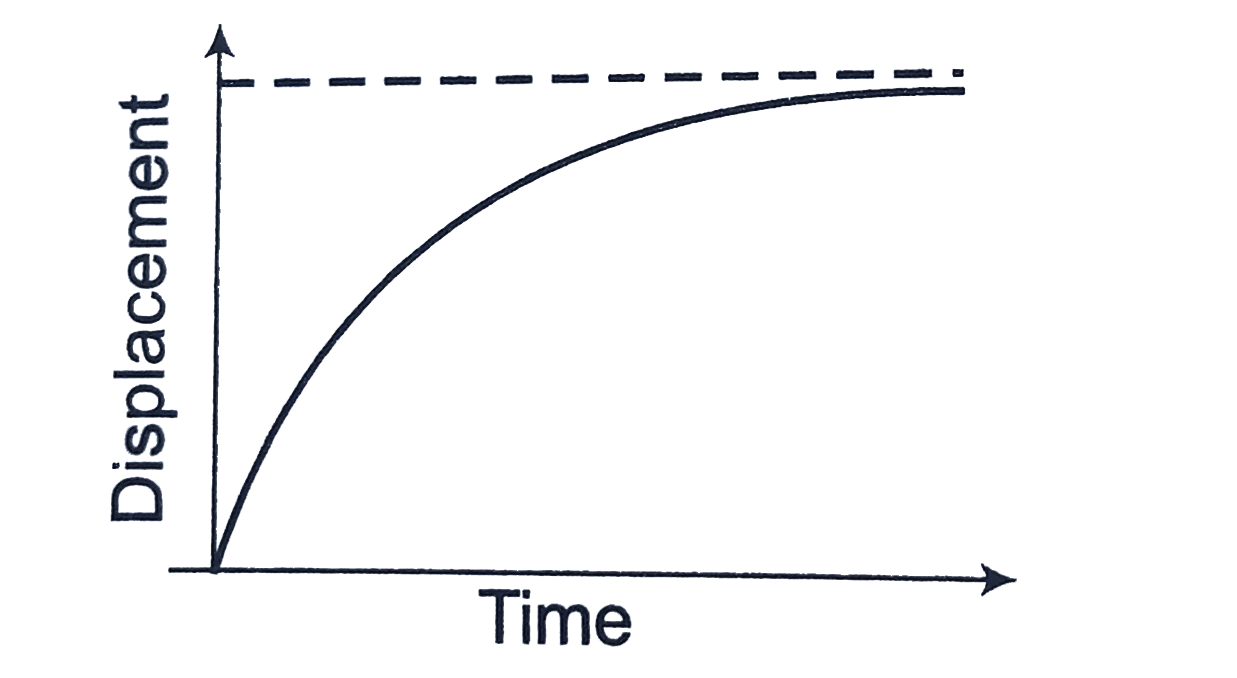
the velocity of the particle is constant throughout
the acceleration of the particle is constant throughout
the particle starts with a constant velocity and is accelerated
the motion is retarded and finally the particle stops
The correct Answer is:D
At first, the slope is decreasing therefore, the motion is retarded Finally, the displacement becomes constant and the body stops.
Topper's Solved these Questions
- MOTION IN A PLANEBOOK - DC PANDEY ENGLISHCHAPTER - MOTION IN A PLANEEXERCISE - (B) Meical entrance special format questions (Mathch the columns)
6 Videos
- MOTIONBOOK - DC PANDEY ENGLISHCHAPTER - MOTIONEXERCISE - Medical entrances gallery
19 Videos
- PROJECTILE MOTIONBOOK - DC PANDEY ENGLISHCHAPTER - PROJECTILE MOTIONEXERCISE - Level - 2 Subjective
10 Videos
Similar Questions
Knowledge Check
The displacement-time graph of moving particle is shown below

The instantaneous velocity of the particle in negative at the pointACBDCEDF
The displacement time graph of moving particle is shown below.

The instantaneous velocity of the particle is negative at the point.
View SolutionThe displacement time graph of a moving particle is shown below
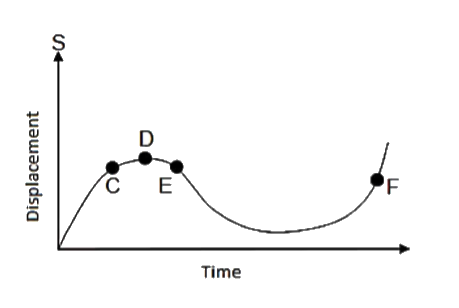
The instantaneous velocity of the particle is negative at the point
View SolutionThe velocity − time graph of a particle is as shown in figure
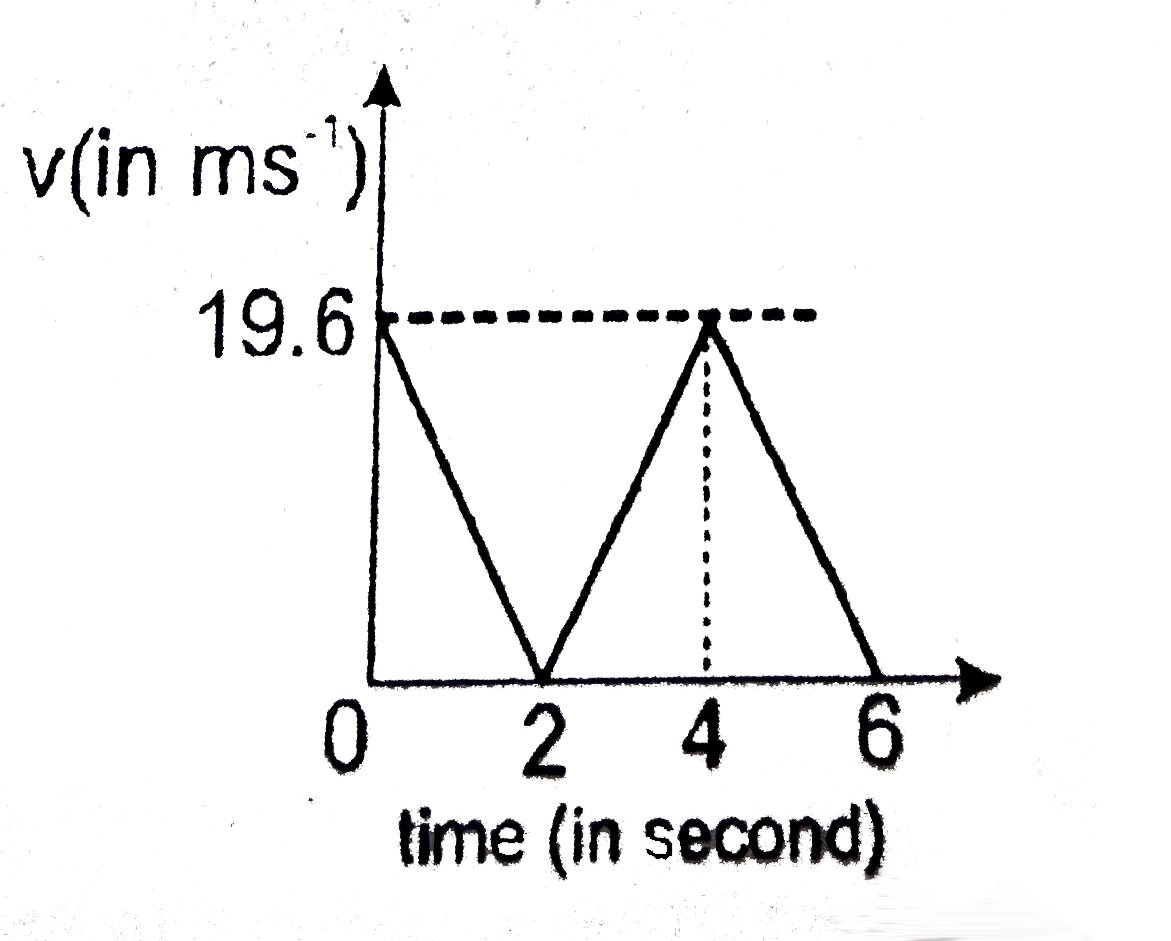
View SolutionThe displacement-time graph of a particle executing SHM is as shown in the figure.

The corresponding force-time graph of the particle is
(a)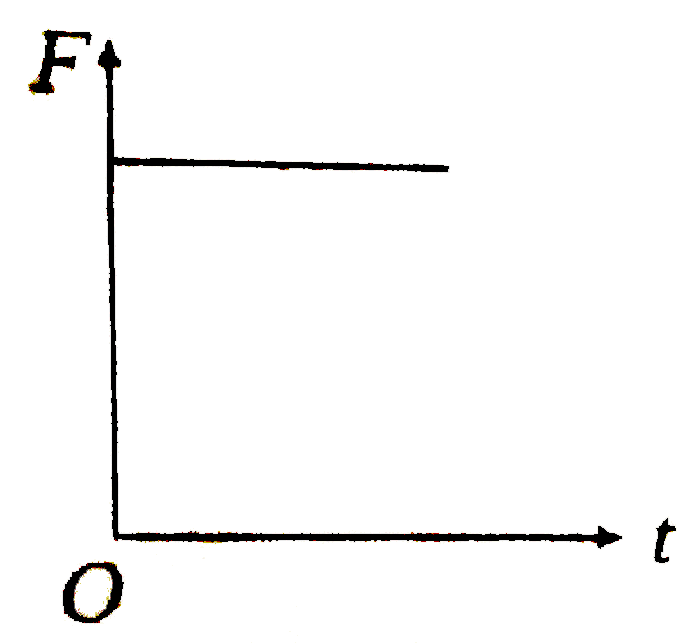
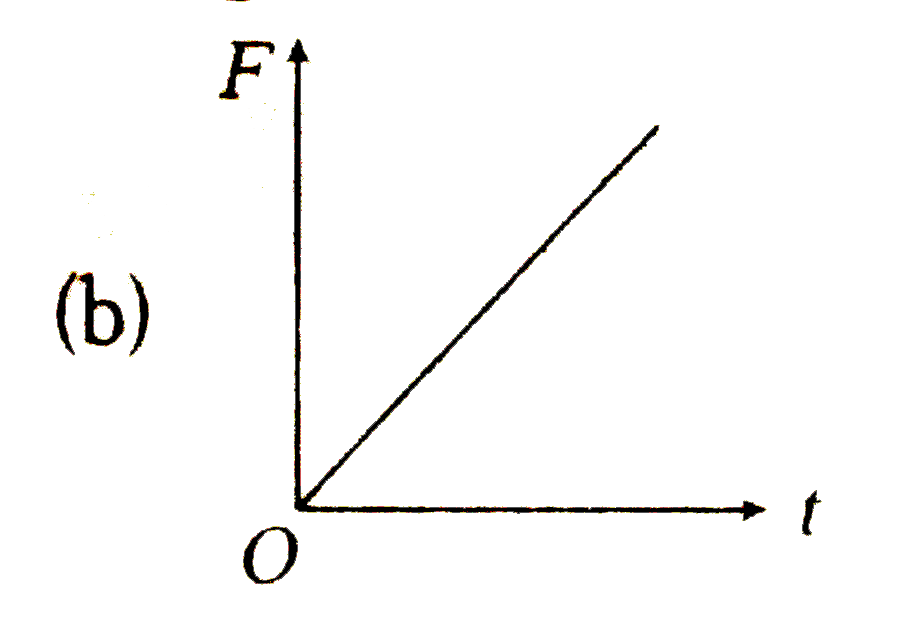
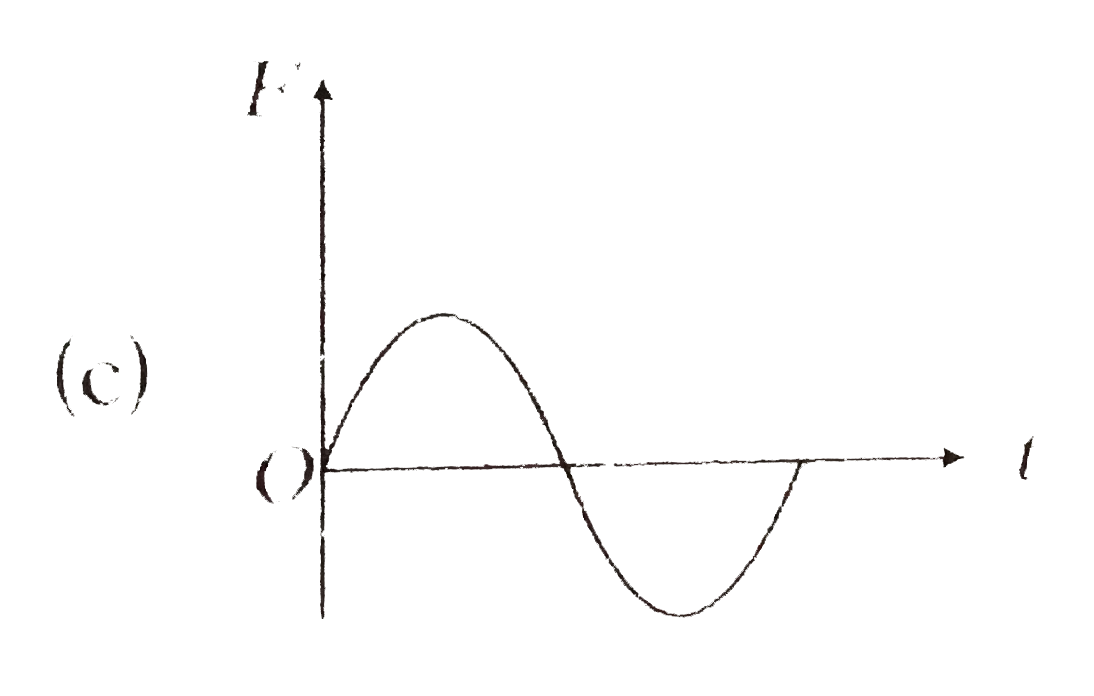

View SolutionThe displacement time graph of a particle executing S.H.M as shown in the figure.
 The corresponding force-time graph of the partical will be
The corresponding force-time graph of the partical will be
View SolutionThe position- time graph of a moving particle is shown. The instantaneous velocity of the particle is negative at the point
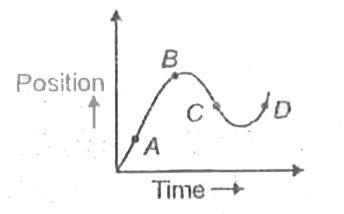
View SolutionThe displacement-time graph of a particle executing SHM is shown in figure. Which of the following statement is/are true ?
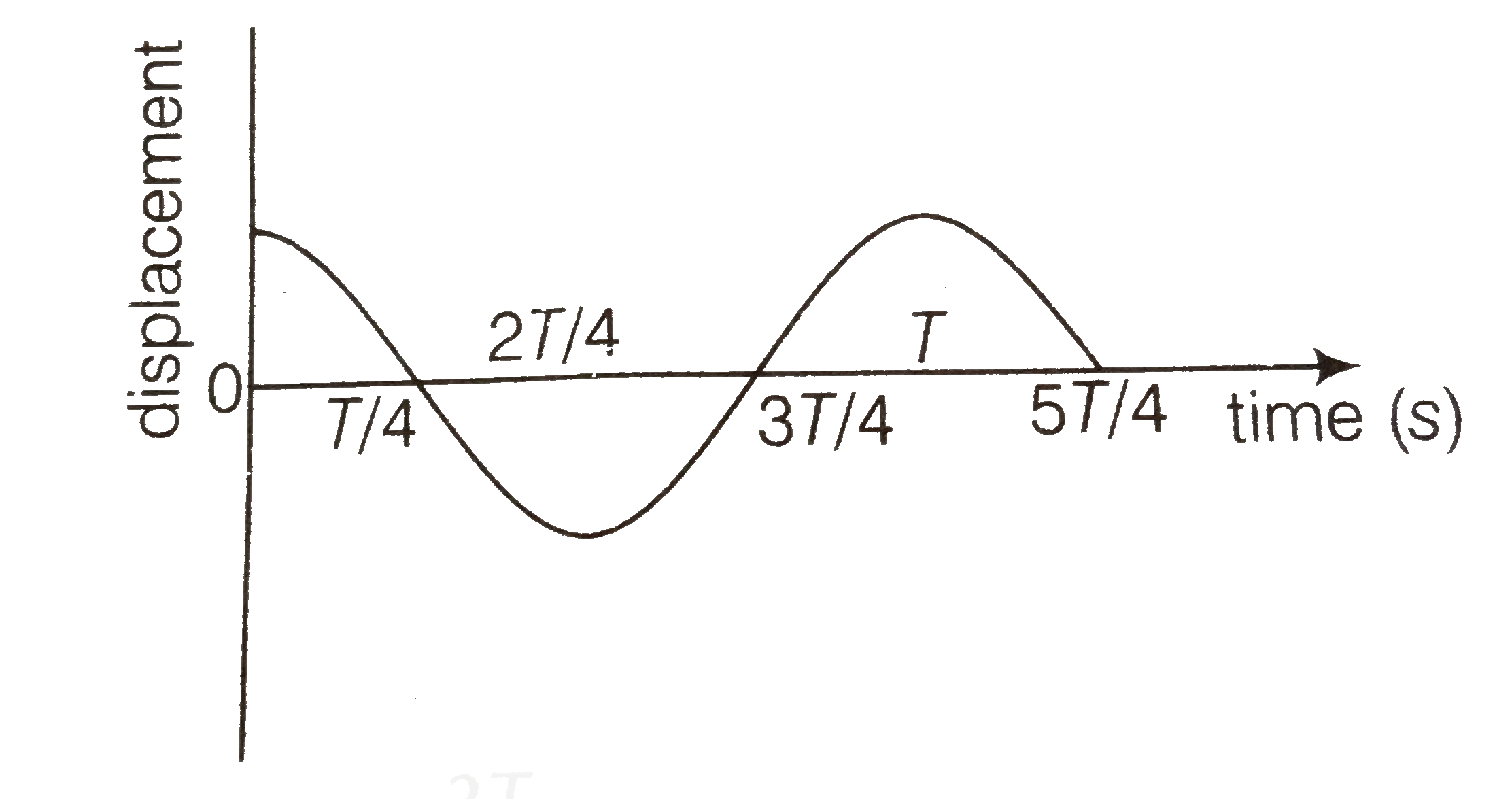
View Solution
